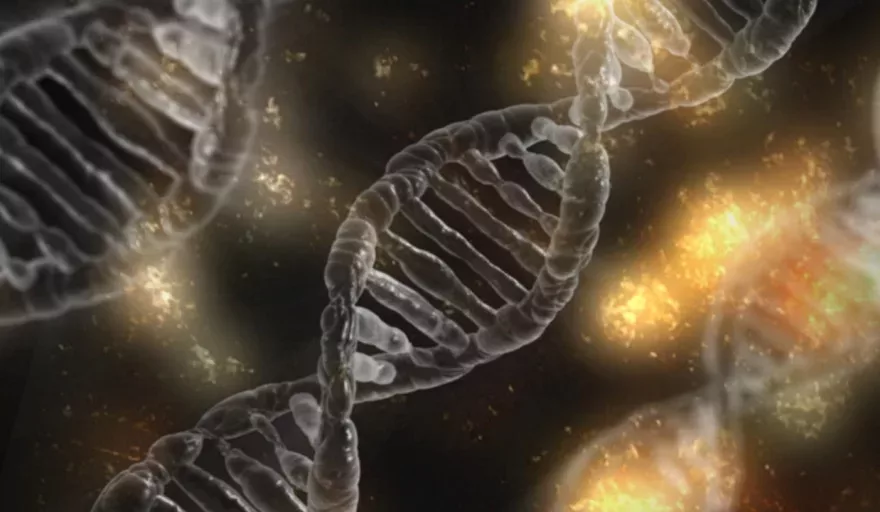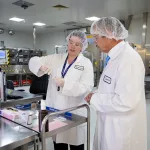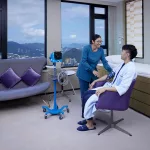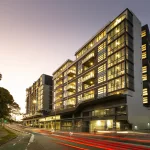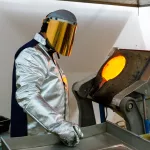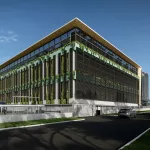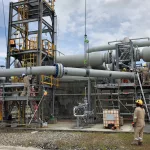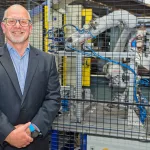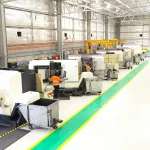It is estimated that by 2030, some 60 percent of the world’s population of people over 65 years old will be living in Asia, of which the Chinese population accounts for more than 40 percent.
Such a demographic shift creates a strong demand for healthcare innovation in the region, and one of the recent success stories would be the pioneering of the induced pluripotent stem cell (iPSC) technology in Japan, led by Dr Shinya Yamanaka of Kyoto University, who was awarded the Nobel Prize for Physiology and Medicine in 2012. The iPSC technology, since its birth in 2006, has completely revolutionised medicine with impact far and wide, including the advancement of regenerative therapies, as well as the rapid development of human cellular and engineered tissue assays for next-generation drug screening.
Novoheart’s technologies have also benefited from this groundbreaking innovation. Together with the support of government funding initiatives in Asia, including in Hong Kong where we have received grants from the local government, we can anticipate more healthcare innovations coming from this part of the world.
Our mini beating heart project was a culmination of 20 years of research by our scientific co-founders that started with tissue engineering of heart tissue, originally using rat cells. Engineered tissues are surrogates for natural heart tissue and comprise living biological cells inside a matrix material, which are organised into a structure that reproduces some aspects of native tissue.
In engineered heart tissue, heart muscle cells (cardiomyocytes), cardiac accessory cells and cardiac fibroblasts, among others, are suspended inside a collagen matrix to reproduce the contracting function of heart tissue for laboratory studies.
While we started with making short tissue strips with cells isolated from baby rat hearts, as was the common practice, to measure contractile function, we soon decided that, for clinical relevance, we would develop human engineered heart tissues, using human stem cell-derived cardiomyocytes that were then starting to be adopted; and instead of just mimicking a thin piece of heart muscle, we would create a living, pumping miniature heart.
This eventually led to the development of the world’s first miniature human ventricular heart chamber, or ‘heart-in-a-jar’, which essentially reproduces one of the four main chambers of the human heart. At about a centimetre in diameter and with a wall thin enough to not require blood supply, and some of the complexities that are necessary to keep a native human heart alive, this miniature human heart chamber can reproduce the native heart’s key responses to mechanical loading, electrical stimulation, and drug treatments.
Stem cell-derived engineered tissue technologies are revolutionising drug development by providing human-based, physiologically relevant drug testing platforms that could fill the gap between animal testing and clinical trials. The pharmaceutical industry has traditionally relied on single-cell cultures and small animal models for predicting toxicity or efficacy, but they are not especially predictive of how a drug will ultimately behave when it’s delivered to human patients.
As a result, drugs often fail at a late stage of their development, at great cost to the drug developers. Fully aware of these limitations, the industry and regulators have been actively seeking alternatives. They have come to realise that testing compounds in a human-based system early in the drug development process would allow better prediction of how drugs might act (either positively or negatively) in human patients, compared with traditional animal models. As cardiac toxicity is one of the top reasons for drug failures, improved human-based engineered heart tissue assays could help to reduce failures later in the process, saving time and money for drug developers.
The stem cell revolution in the last two decades, especially with the development of iPSCs, has immensely expanded the possibilities of tissue engineering. For example, while we have been able to make mini hearts that are healthy for detecting potential toxic side effects of drugs, we are also able to make diseased hearts carrying specific conditions. These are conditions that pharmaceutical companies are interested in designing drugs for treating, but have not been able to access effective human-based models for testing. Besides the ‘heart-in-a-jar’, we also have a suite of complementary human stem cell-derived cardiac assays we call the MyHeartTM Platform. This can inform our pharma clients how their favourite drug candidates might act on the heart, for example any beneficial effects or dangerous, potentially life-threatening adverse reactions, such as arrhythmias (irregular heart rhythms).
When we present our technologies at events such as at the Safety Pharmacology Society Annual Meeting in Washington DC this October, the feedback has been very positive as the attendees recognise the unique and potentially disruptive technology we have. The data provide human-specific, clinically relevant measures that should better predict how therapies will behave in actual patients, in turn translating ultimately into safer and more effective therapies for patients, while also reducing the wasted investment of resources required to develop a drug that eventually fails in the clinic.
Our partnerships with drug developers have involved both safety assessments of drug candidates, as well as building specific disease models for them to test the efficacy of their therapeutic candidates. An example of this was our project with Pfizer, in which we used our MyHeartTM Platform of engineered human cardiac tissues to create disease models of Friedreich’s ataxia (FRDA), a neurodegenerative disease in which patients most often die of heart complications.
Overall, we have witnessed an industry-wide trend to explore human stem cell-based assays as a shift away from traditional animal testing, and the support of regulatory agencies such as the FDA will likely encourage increased adoption of these assays as new standards.

